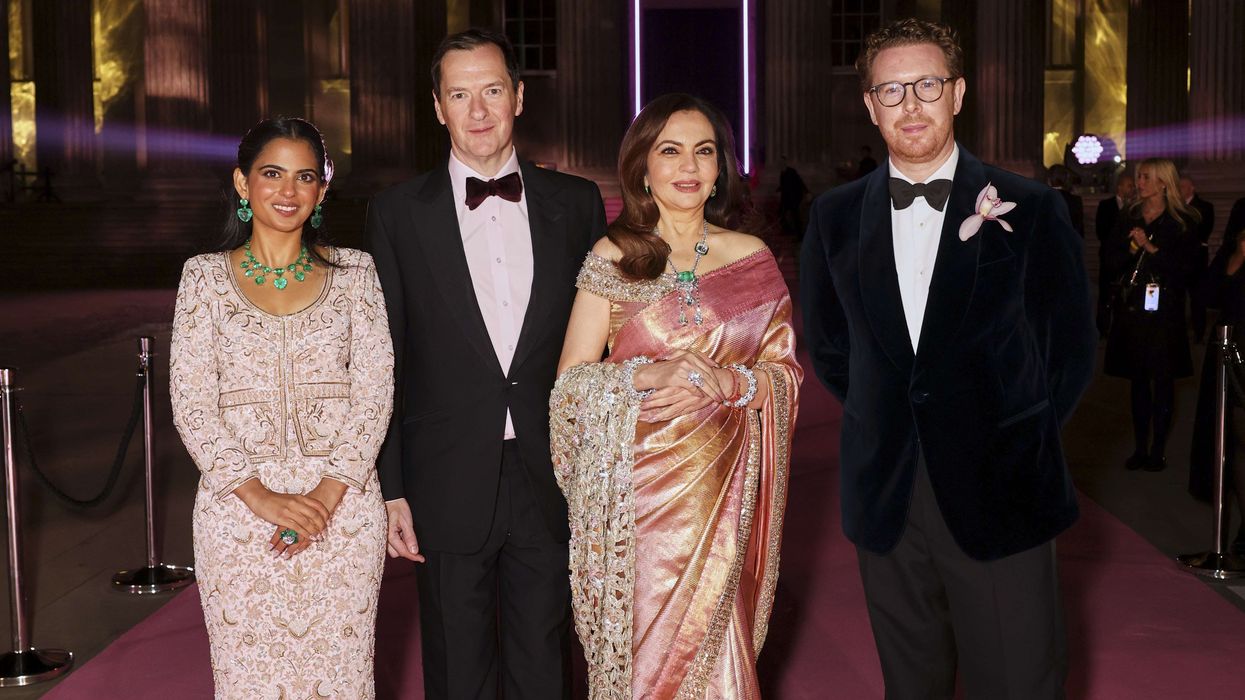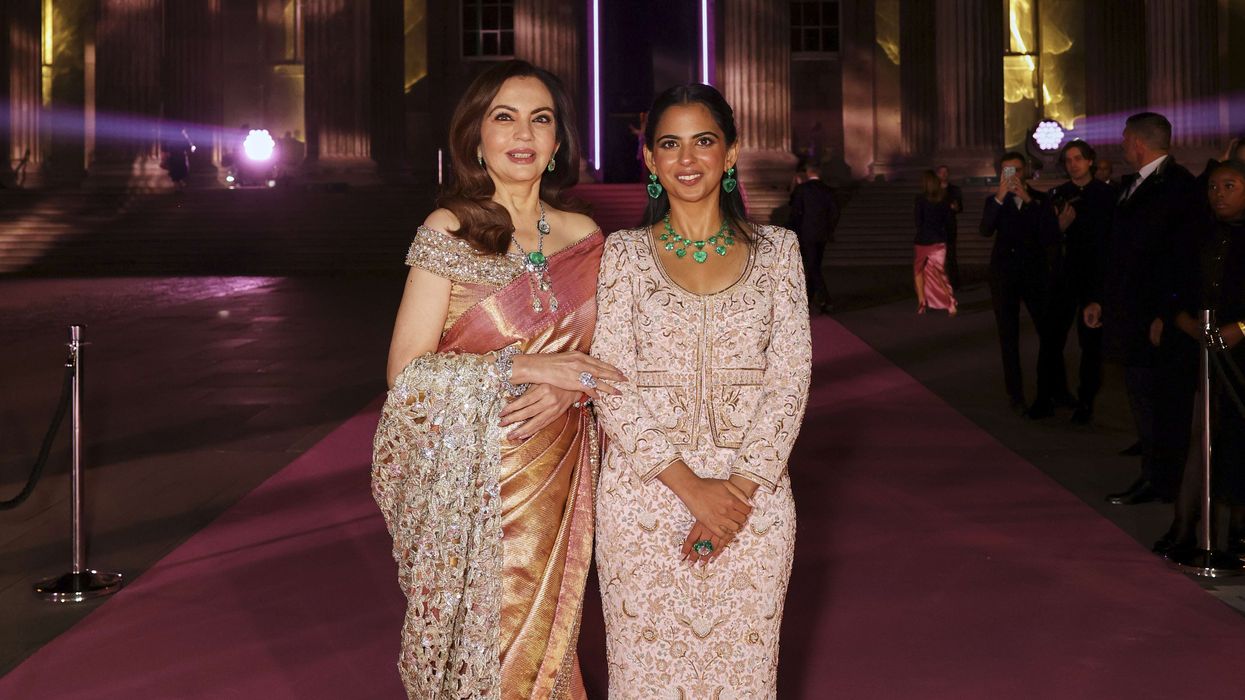Highlights:
- Armani began as a window dresser in Milan before sketching suits for Nino Cerruti.
- In 1975, he launched his own label by selling his car, sparking a quiet fashion revolution.
- His unstructured suits redefined power dressing for men and women in the 1980s.
- From American Gigolo to the Oscars, Armani became Hollywood’s style signature.
- He built a global empire yet stayed hands-on, shaping fashion until his final days at 91.
It’s strange to think Armani once stood behind a shop window, fixing mannequins instead of red carpets. He wasn’t born into Milan’s glittering salons or stitched into privilege. His journey started with burns from a war shell, with a mother who made scraps look elegant, with a young man who quit medical school because he couldn’t quite see his future in blood and bandages.
From there, he picked up fabrics, cuts, and the quiet dream of building something lasting. And against all odds, he did. You know his clothes. You’ve seen that look, the effortless drape of a jacket, the quiet confidence of a suit that doesn’t scream but whispers luxury. Giorgio Armani, who left us last year at 91, wasn’t just a designer, he rewrote how the world dresses. These ten chapters show how he carved that throne.
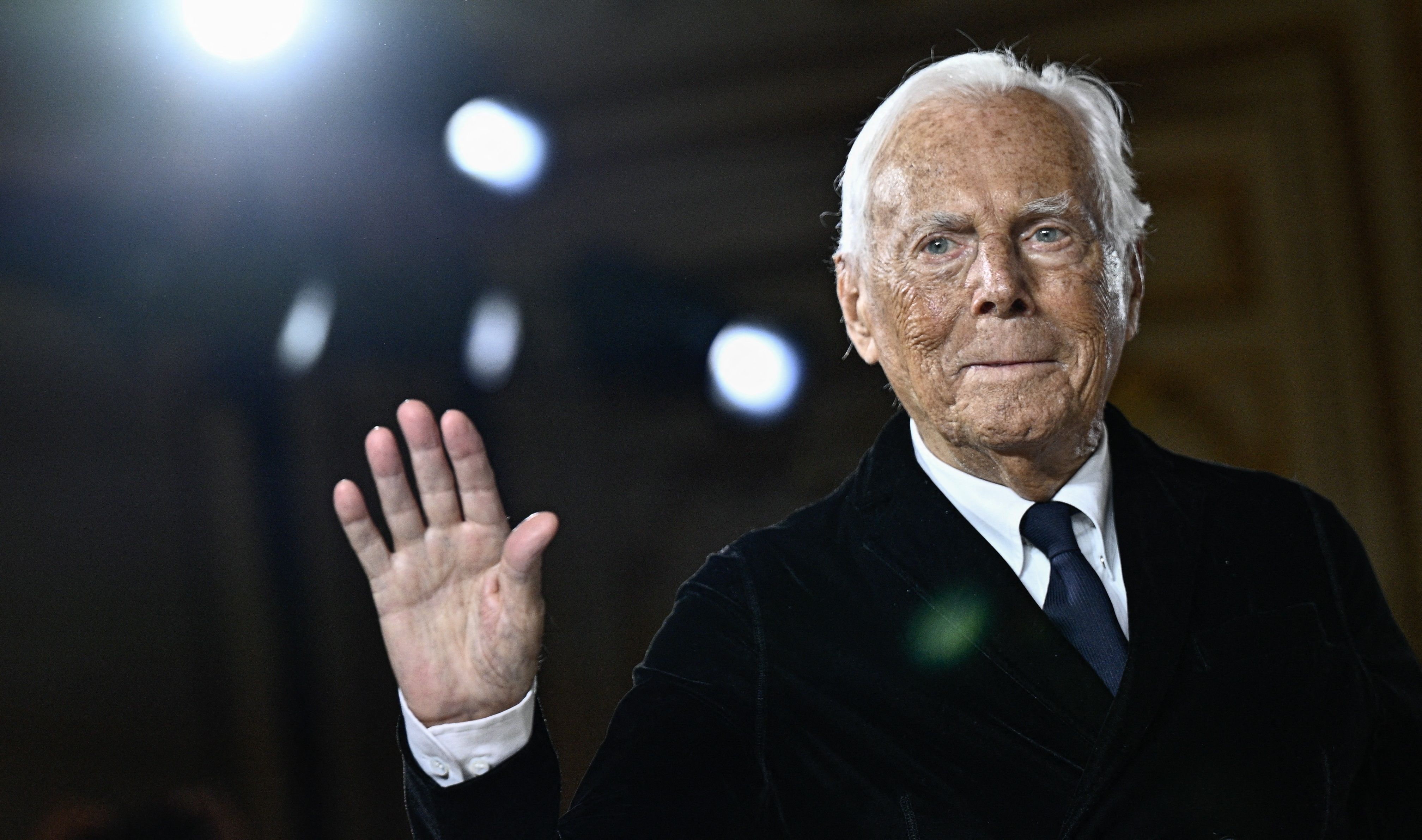
1. Milan shop windows to Nino Cerruti
After leaving the army, Armani took a sales job at La Rinascente, Milan’s posh department store. He was a clerk, then a window dresser, learning which fabrics customers touched twice and which ones they ignored. By the mid-60s, he was sketching suits for Nino Cerruti. Those years taught him discipline, proportion, and that style was more about how clothes moved than how much they glittered.
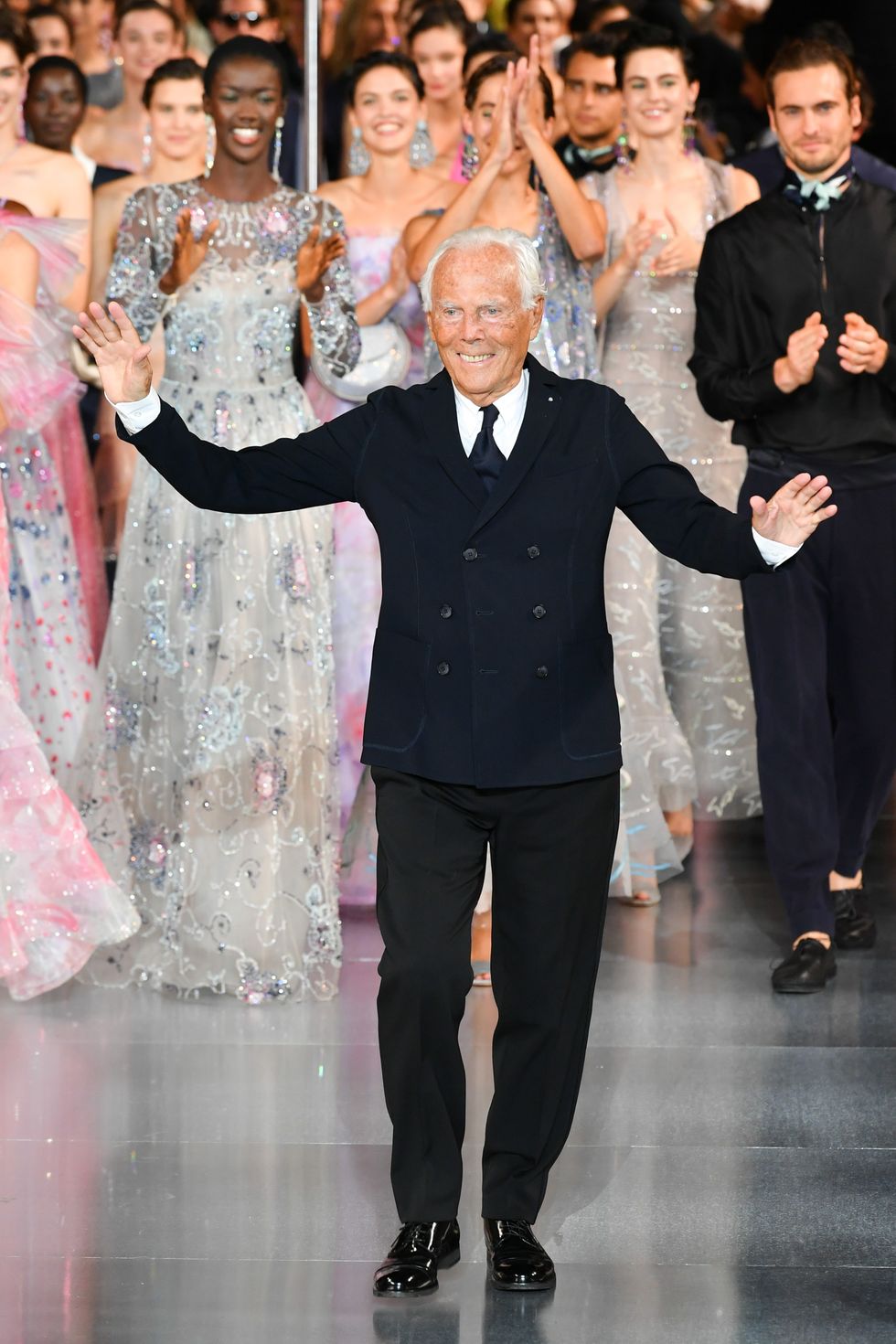
2. Founding Giorgio Armani
In 1975, with his partner Sergio Galeotti urging him forward, Armani sold his car to raise money and launched his own label. It was a risk. He wasn’t a household name yet. But those first collections, sharp but fluid, men and women both, hit Milan like a quiet revolution. Armani had arrived, and he carried his own name on the masthead.
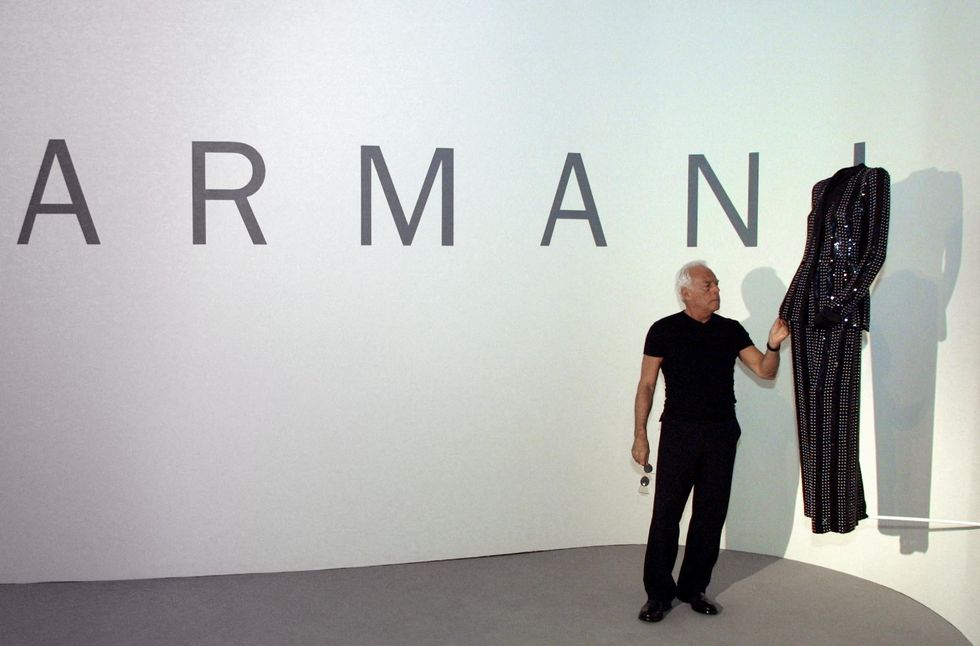
3. The unstructured suit
He ripped the stuffing out of the traditional jacket, peeled off the padding, and let fabric drape. Men’s shoulders softened. Women walked into boardrooms in suits that carried authority without pretending to be men’s uniforms. It was tailoring that breathed. Armani gave the world a whole new vocabulary: power without stiffness, elegance without excess.
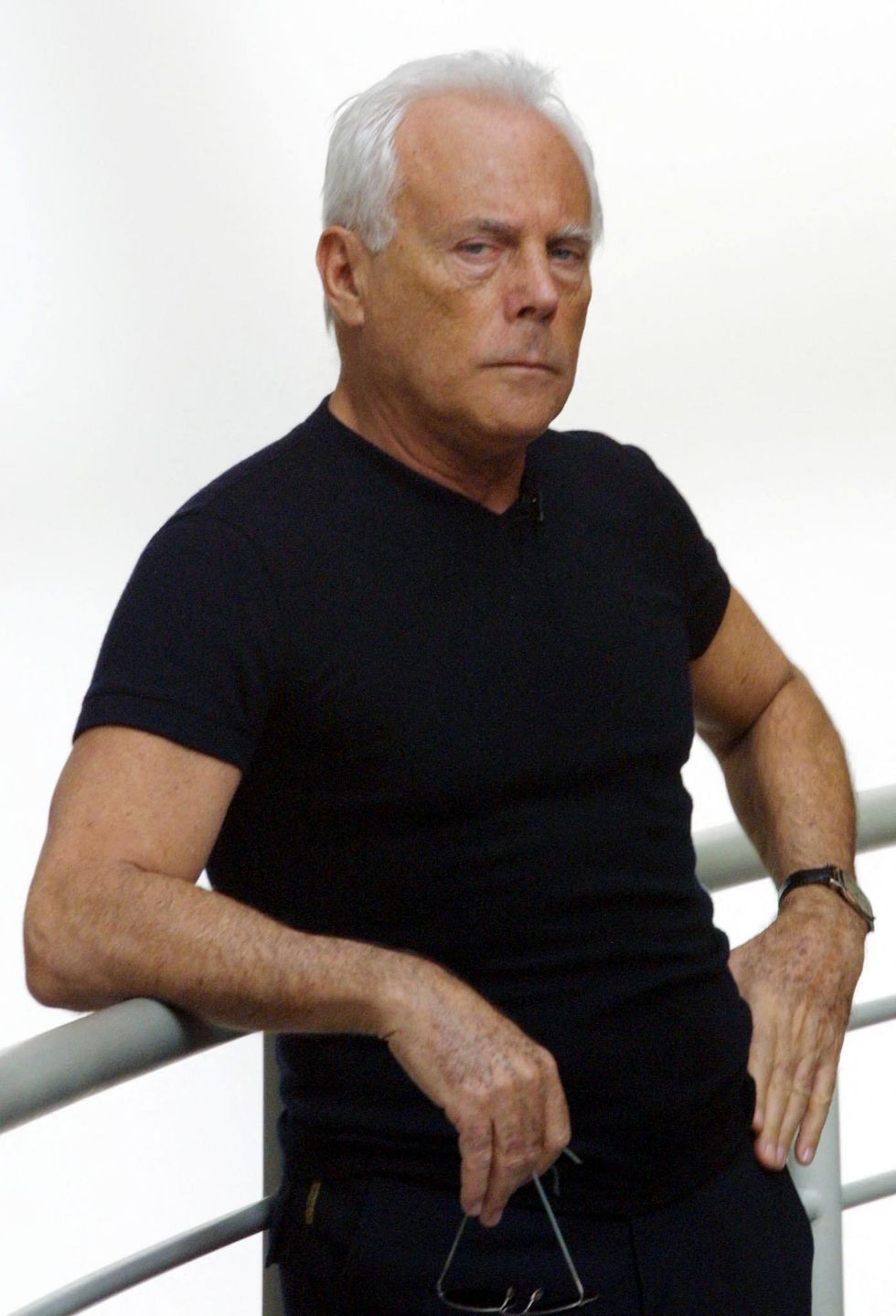
4. American Gigolo and Hollywood
Richard Gere opening that closet full of Armani shirts was pure cinema, a cultural turning point. Overnight, Armani became shorthand for sleek modernity. From American Gigolo to Julia Roberts in a men’s suit at the Golden Globes, it’s safe to say Armani rewired Hollywood’s image of glamour. That’s why critics joked the Oscars red carpet could have been renamed the “Armani Awards.”
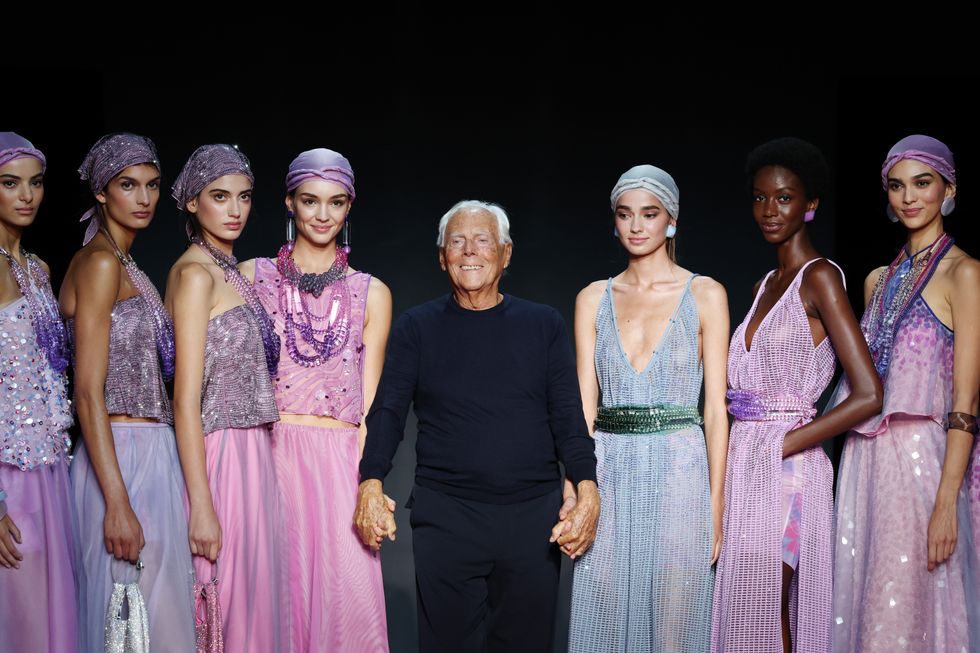
5. The empire expands
Perfumes, jeans, children’s clothes, Armani Exchange. He turned his minimalist philosophy into a whole lifestyle. While rivals chased conglomerates, Armani kept control and built his own ladder, one rung for luxury, one for youth, one for home, even one for hotels. By the late ’90s, his eagle logo was everywhere from sunglasses to sofas.
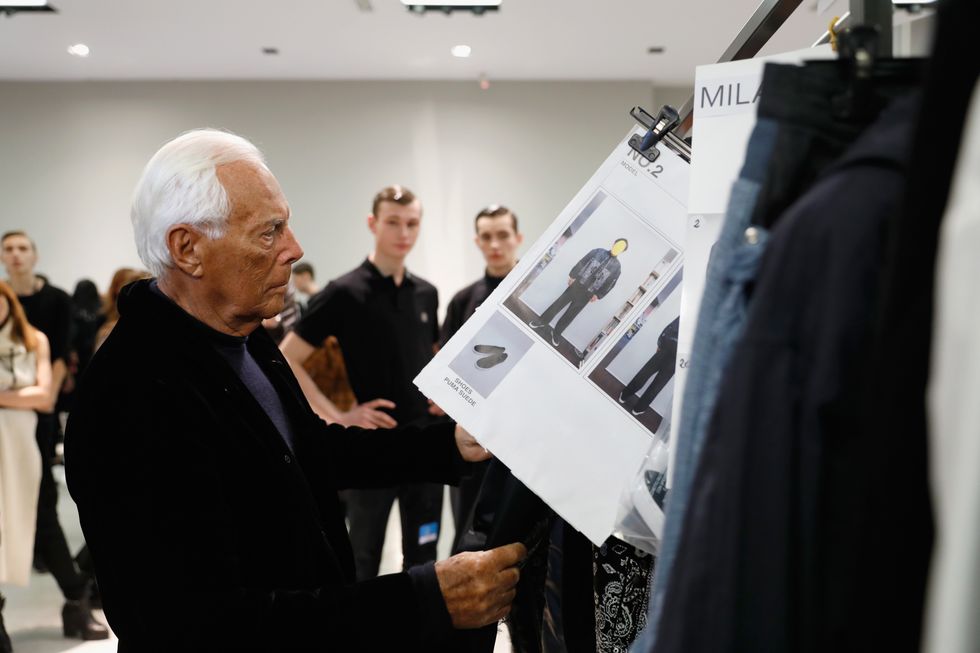
6. Sports and spectacle
He dressed Chelsea footballers and Olympic athletes. He opened a hotel in Dubai, restaurants in Milan, Armani Casa for homes. Armani understood something crucial: his vision wasn’t just clothes. It was a way of living. Walking into an Armani space felt the same as wearing his jacket: quiet, precise, disciplined and elegant.
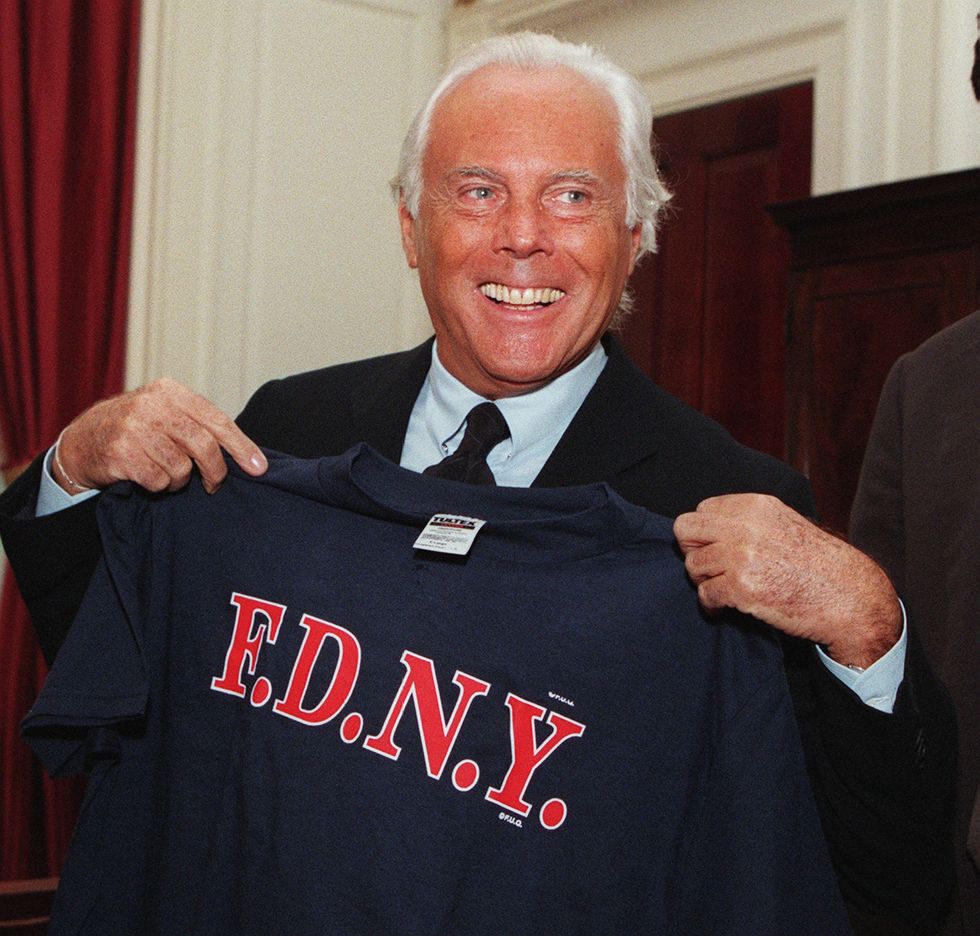
7. Ethics before trend
Long before wellness talk filled magazines, Armani banned dangerously underweight models from his shows. The same year, he livestreamed a couture collection, back when fashion still thought the internet was beneath it. Armani was old-school in silhouette but sharp-eyed about culture.
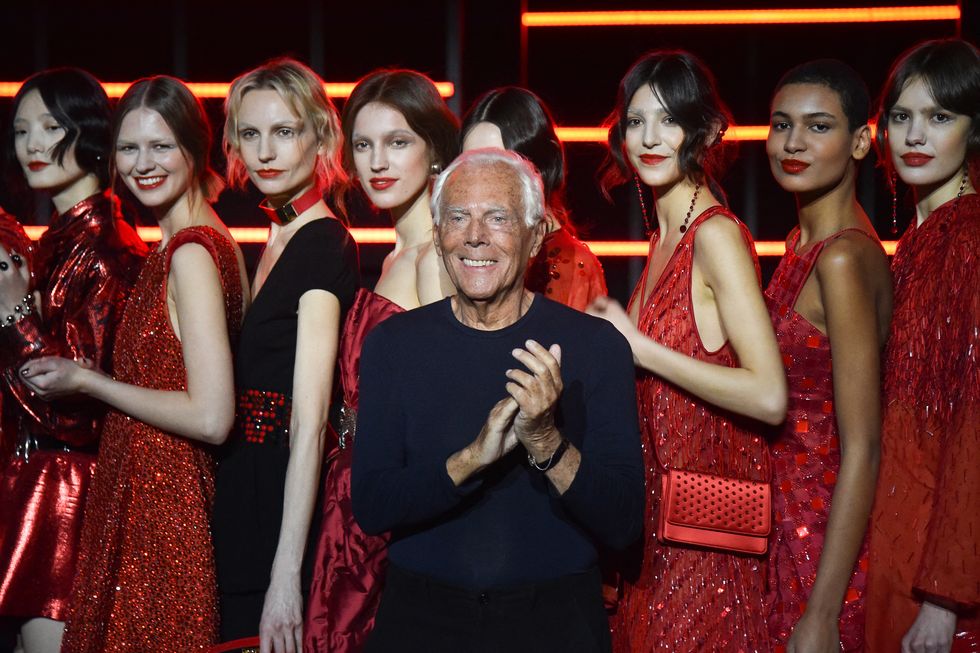
8. Grief and resilience
The loss of Sergio Galeotti to AIDS could have shattered him. Instead, Armani carried their dream forward, with family by his side. His empire became not just a company but a shield, one he built in memory of the man who first believed in him.
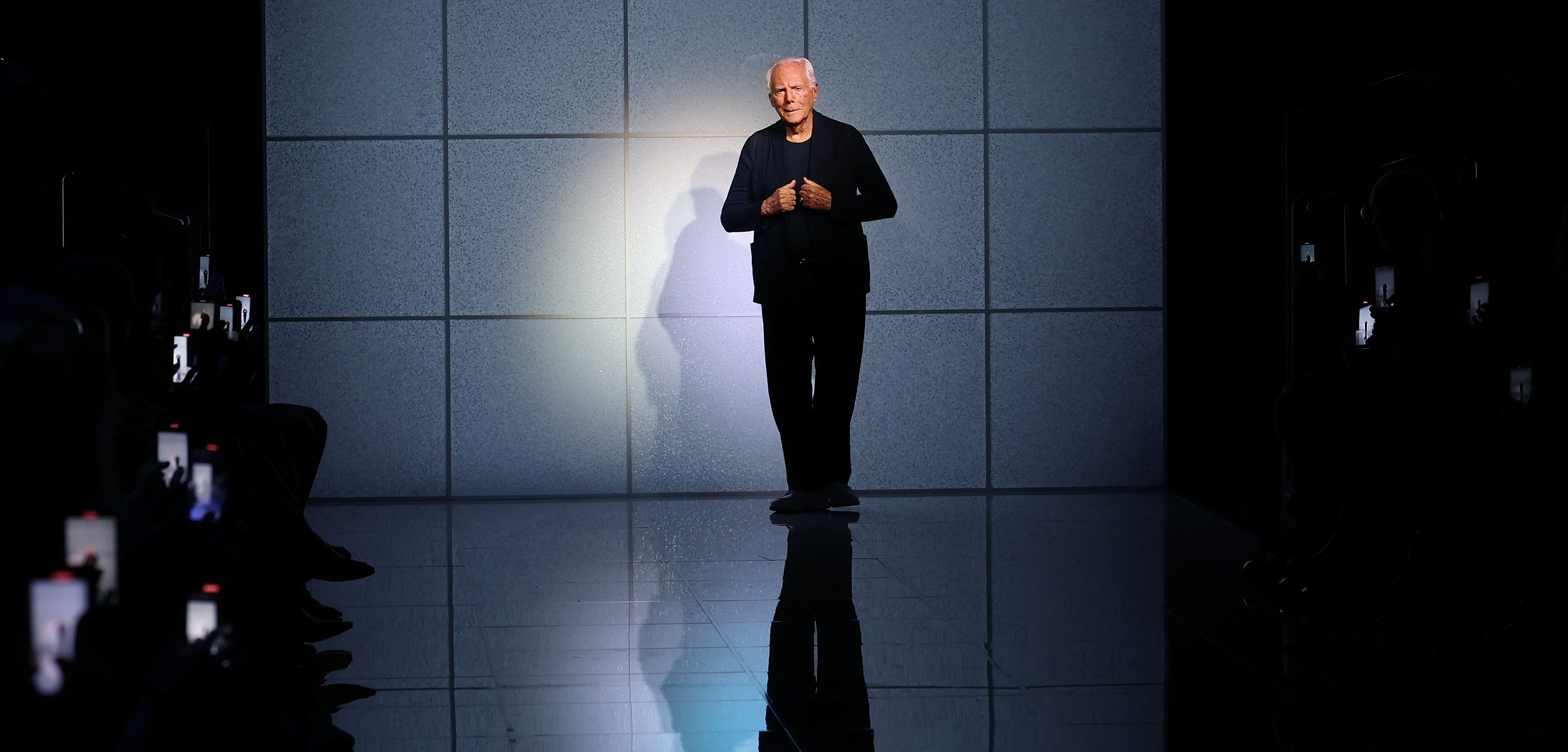
9. Awards, honours, billions
Armani wasn’t just respected; he was decorated. From the Legion of Honour to Italy’s highest civilian award, the world recognised his contribution. Forbes estimated his net worth at £9.2 billion (₹978 billion). Yet ask anyone in Milan: he still turned up at the office daily, fussing over lapels and fabrics like an apprentice.
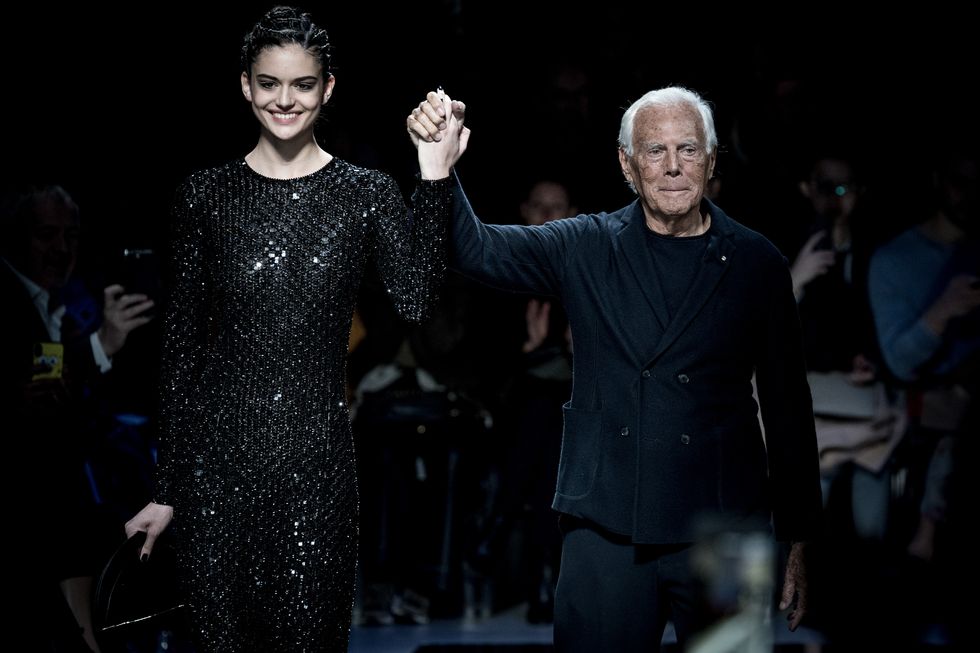
10. Final curtain, lasting legacy
He died on 4 September 2025, in Milan, aged 91, still at work, still in control. Italy’s prime minister called him “the best of Italy.” Critics called him a giant. The truth is simpler: Armani changed how people move through the world. His clothes taught us that confidence whispers, it doesn’t shout.
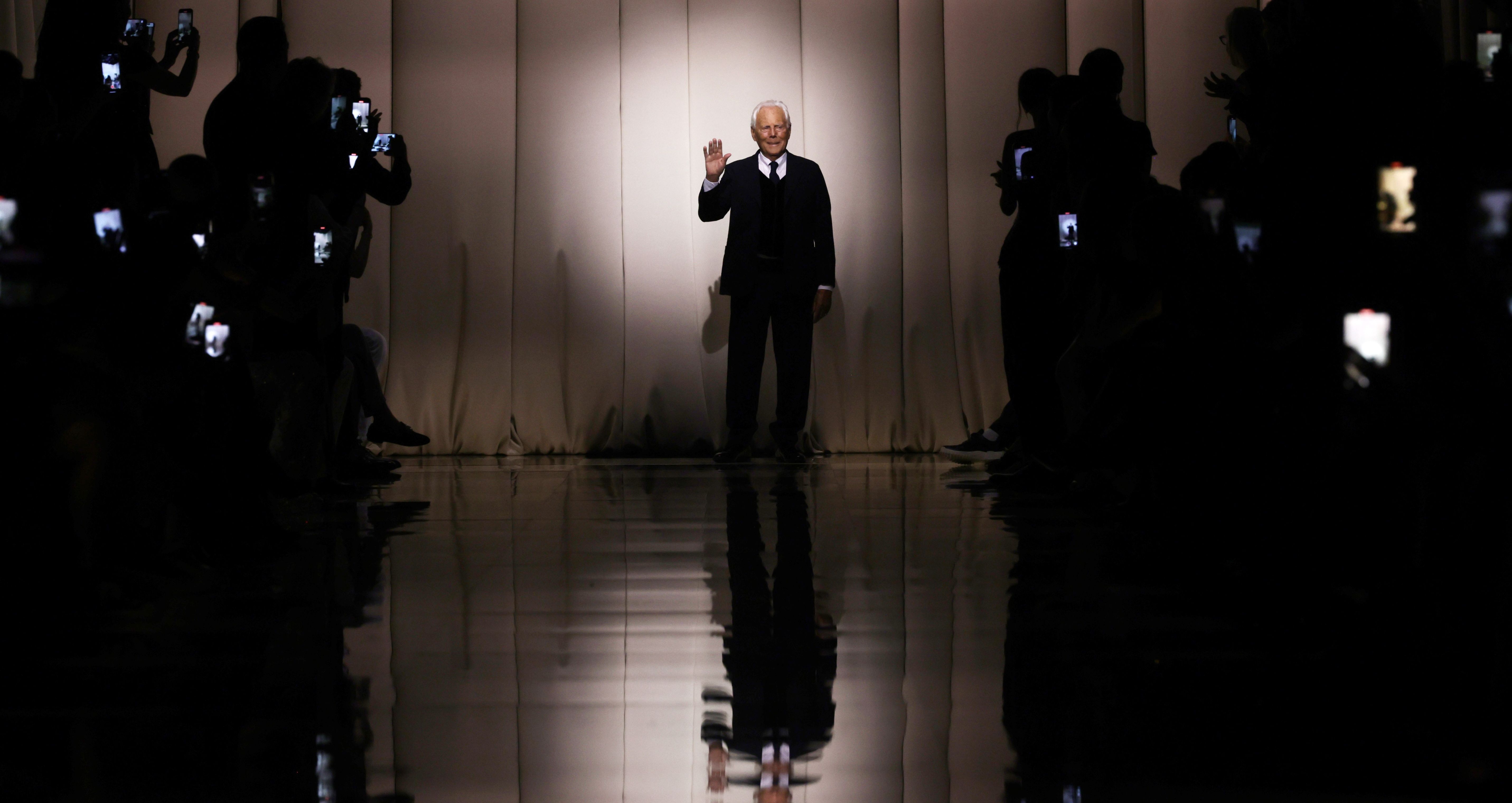
Not an ending, but a silhouette
We often say legends “fade away.” Armani doesn’t get that cliché. He didn’t fade. The light just changed, and what’s left is his silhouette. You can’t talk about modern style without tripping over his influence. He’s in the DNA of every brand that prizes minimalist elegance. He’s in the posture of a woman walking into a meeting, feeling powerful in a soft-shouldered blazer. He’s in the ease of a man in a suit that finally feels like his own skin.
When we say “there will be an Armani after Armani,” it’s not just in the company he built, but in everyone who has ever worn his clothes and discovered the quiet power of looking like their truest, most confident self.
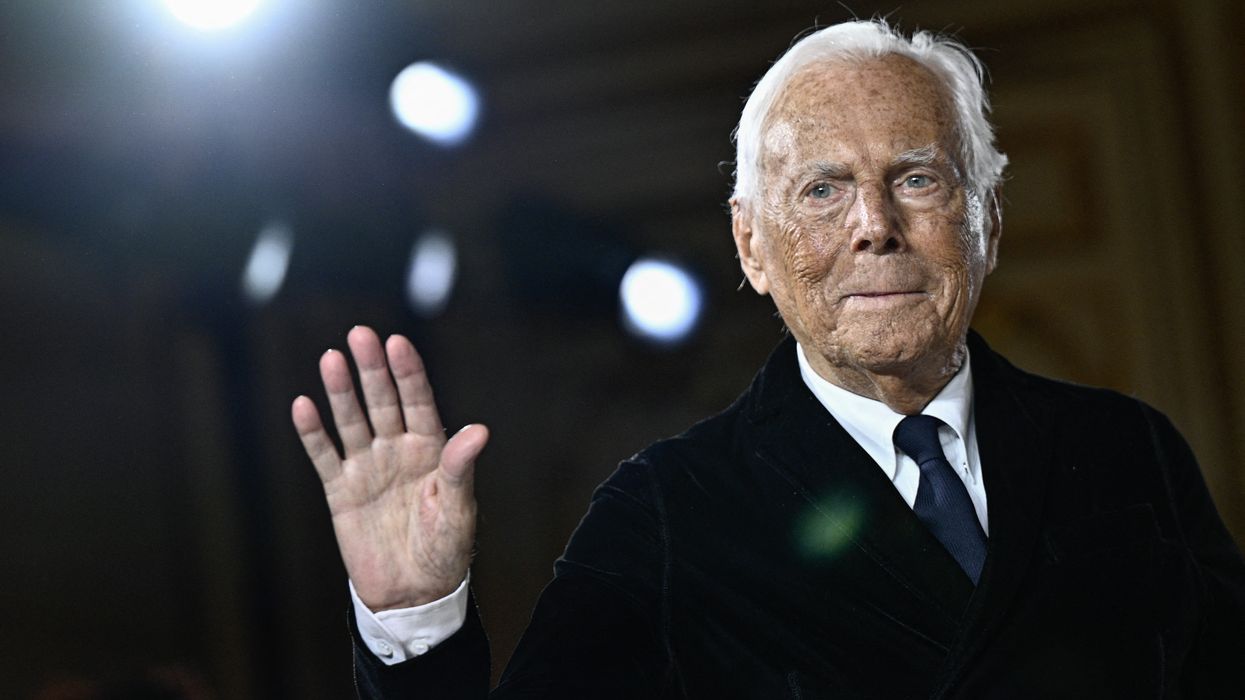






 Ambika Mod reflects on fame and race in a new interview after One Day success Getty Images
Ambika Mod reflects on fame and race in a new interview after One Day success Getty Images  Ambika Mod says social media abuse made her rethink her career and mental healthGetty Images
Ambika Mod says social media abuse made her rethink her career and mental healthGetty Images Ambika Mod prepares for her next chapter on stage with Porn Play after global fame from One DayGetty Images
Ambika Mod prepares for her next chapter on stage with Porn Play after global fame from One DayGetty Images




